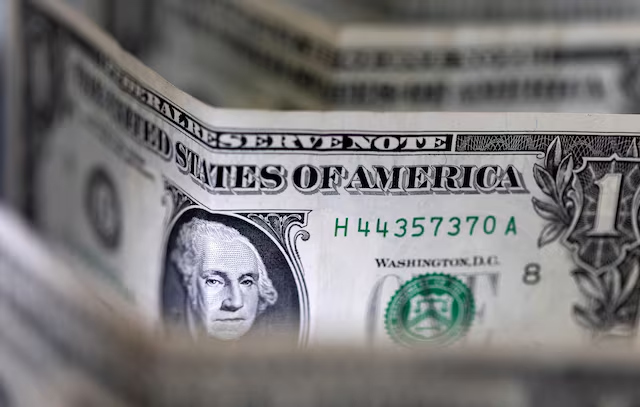When most people hear about the 10-Year Treasury Yield, they think of it as just another number from Wall Street. But in reality, this yield holds powerful insights into America’s economic future, government debt, and even your mortgage.
Here are six lesser-known truths about the 10-Year Treasury Yield that even seasoned investors often miss.
1. The 10-Year Treasury Yield Is the Pulse of the U.S. Economy
Far beyond just a benchmark interest rate, the 10-Year Treasury Yield serves as the heartbeat of the American economy. It reflects investor sentiment, expectations for inflation, and long-term confidence in the country’s financial system.
When it rises, investors are bracing for stronger inflation or growth. When it falls, they’re expecting slowdowns or rate cuts.

2. A Higher Yield Means More Expensive Government Debt
Most people don’t realize this, but when the 10-Year Treasury Yield climbs, it becomes more expensive for the U.S. government to borrow money. Since the federal government borrows trillions of dollars, even a 0.5% increase can add hundreds of billions in interest payments over time.
It’s like the national credit card just got a rate hike.
3. It Directly Impacts Your Mortgage and Auto Loan Rates
That’s right — your 30-year fixed mortgage and even your car loan are directly affected by movements in the 10-Year Treasury Yield. When the yield rises, lenders increase their rates to match. So a spike in the yield today could mean higher monthly payments for millions of Americans tomorrow.
4. The Federal Reserve Doesn’t Control It
This might surprise you: the Fed sets short-term interest rates, but not the 10-Year Treasury Yield. That’s entirely shaped by market forces — investor demand, inflation expectations, and geopolitical risks.
In other words, the Fed can influence it indirectly, but it doesn’t pull the strings.
5. China and Japan Are the Biggest Buyers
Foreign governments are some of the largest holders of U.S. Treasurys. China and Japan alone own over $2 trillion in American debt. If they start selling large chunks of their holdings, the 10-Year Treasury Yield could spike dramatically, triggering volatility in global markets.
6. Inverted Yield Curve? Watch Out for Recession
Here’s a major red flag: when the 10-Year Treasury Yield drops below the 2-Year Yield — known as an “inverted yield curve” — it has historically signaled a coming recession. And it’s been accurate nearly every time over the past 50 years.
Smart investors keep a close eye on this warning sign.
Final Thoughts
The 10-Year Treasury Yield is more than just a market metric — it’s a window into the future of the U.S. economy. From how much the government pays on its debt to what you pay on your mortgage, this one number quietly affects millions of lives every day.



